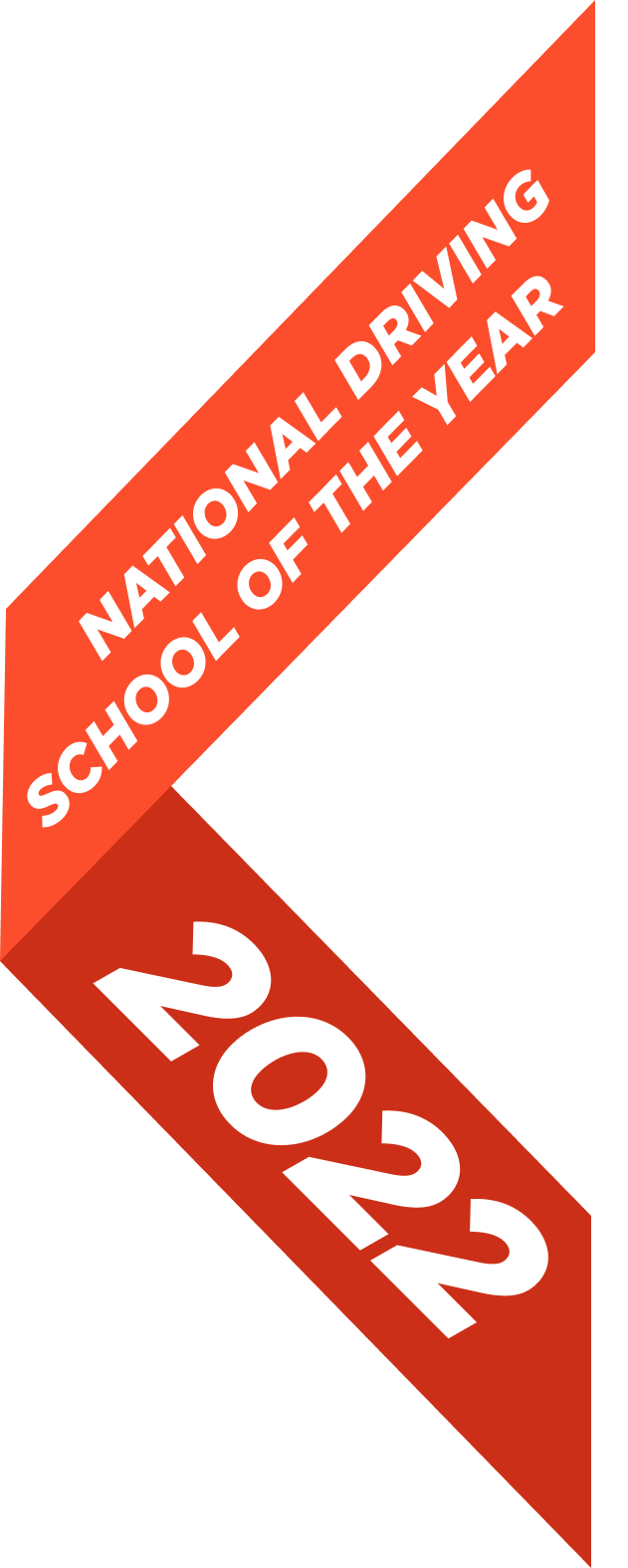

Roundabouts are often the most daunting and stressful aspect of driving for learner drivers, the speed and quick-decision making can make them seem a lot worse than they are. They are designed to keep the flow of traffic moving and when used correctly are an efficient way of preventing traffic jams, something all road users will appreciate. The Highway Code rules 184-190 detail everything you need to know about roundabouts from approach to exit, we’re going to condense this information into a manageable and easy-to-read guide that hopes to leave you feeling confident in your ability to perform well at roundabouts.

Ensure that you are vigilant as you approach a roundabout, paying attention to and utilising driving aids such as traffic signs, traffic lights and lane markings in order to position yourself in the correct lane.
Remember Mirrors- Signal- Manoeuvre
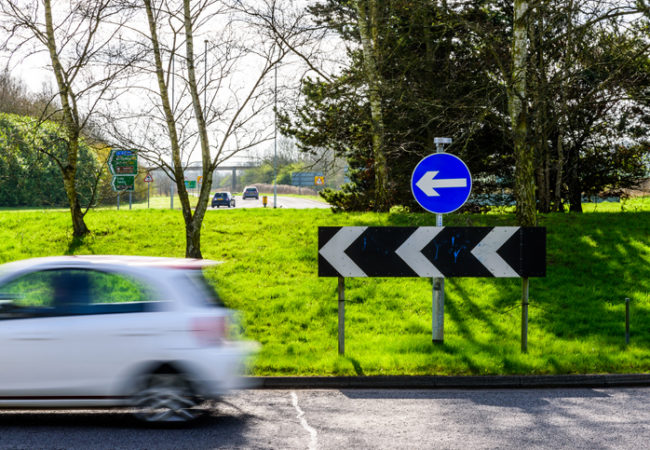
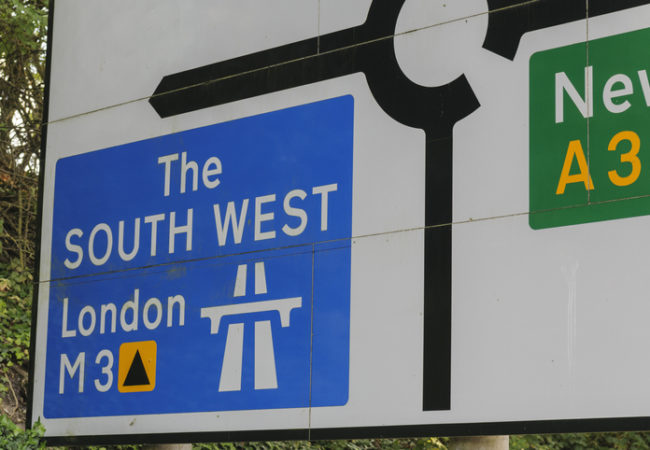
Lane discipline has been an increasingly important factor in the development of roundabouts, especially at larger and busier multilane roundabouts. Your position at a roundabout is determined solely by the exit you’re planning to take, rule 186 states that:
When taking the first exit, unless signs and markings indicate otherwise
When taking an exit on the right or going full circle, unless signs and markings indicate
When taking any intermediate exit, unless signs and markings indicate otherwise
Though intended as a guide, it is important that you ensure to check road signage for each roundabout as they may differ from the guidance given by The Highway Code.
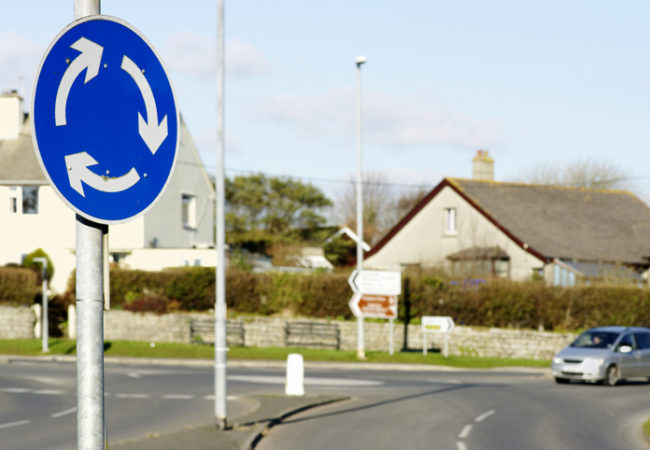
It is important that mini roundabouts are treat in the exact same way as normal roundabouts. However, you may see other road users making mistakes such as crossing directly through the middle, this is wrong and is discouraged. All vehicles must pass around the central markings.
Remember there is less space and less time to manoeuvre at mini roundabouts.

OUR COMPLETE THEORY TRAINING APP HAS EVERYTHING YOU NEED
Tired of flipping through dull textbooks and struggling with complicated rules? Say hello to stress-free learning with our cutting-edge Driving Theory App! Designed to make learning fun, effective, and convenient. Get the knowledge you need to pass first-time!


The first and best piece of advice that we can give is that you should study to pass your theory test. Do not believe that it is easy, do not believe that a few hours cramming will get you through.

RED Driving School believes it is beneficial to gain as much practical experience as possible when learning to drive, but we strongly recommend that learners should first have professional instruction from a qualified driving instructor.
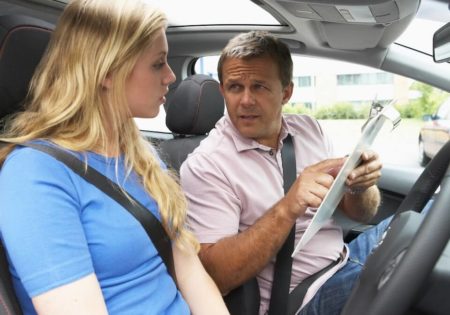
Here at RED Driving School we want to ensure you pass your driving test with minimum fuss and hassle. With Independent Driving introduced to the practical driving test today, it’s important you still remember the fundamental things you should and shouldn’t be doing on your driving lessons and driving test!